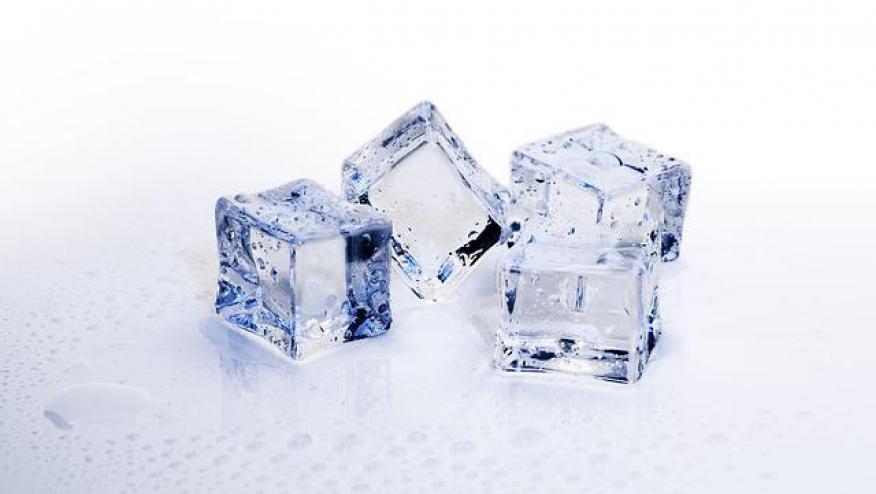Topical therapies take centre stage Save

It has certainly been an interesting EULAR congress, with lots of new data emerging on both novel and extant treatments. Something which really struck me was the data on two topical approaches. Topical treatments have so often been the low level “sure you can try this” option. However there are exciting data that these approaches may become part of our main armamentarium.
Dr Puja Khanna presented a phase 2A double blind randomised controlled trial of transdermal sodium bicarbonate. This was OP0170 presented at the translational and clinical research in crystal arthritis oral abstract session on Thursday. Rather than lathering on baking soda, this was delivered via a patented transdermal formulation and compared to a placebo formulation. We’ve seen stuff like this before and it never works, but this study has broken the mould. Recruited patients had gout as per ACR/EULAR criteria with at least 2 flares in the last year and where on stable urate-lowering therapy. They were all supplied colchicine and the study substance/placebo to use in the event of flare. 98 patients were included over the study period. The active arm had a greater overall response rate over 7-days, 95% vs 79%, p=0.01. They also had more rapid resolution of symptoms, at 24 hours vs 72 hours, p=0.03, and less use of rescue medication, 6% vs 20%, p=0.02. There was no increase in adverse events.
So transdermal sodium bicarbonate appears to work in acute gout. Why? That remains uncertain, the authors hypothesis is that the sodium bicarbonate may alkalinise the joint, increasing the pH and aiding crystal dissolution. I’m not sure I buy this, it is hard to conceive that sufficient product could transverse the structures between the skin and enter the joint. We can test this hypothesis however and should do so, it would need a pre and post application joint aspirate study, which could be done in animal models. Debates about mode of action aside, this is an exciting developing option which could be an important adjunct in our gout treatment approach.
A second exciting topical approach at an earlier stage of development is ice cryotherapy. This is a real back to the future approach, refining one of the oldest used treatments for rheumatic disease, topical ice. Peyronnel at al presented this as poster POS0418. This was a study using a rat adjuvant-induced arthritis model. The arthritic rats were treated (or not) with ice applied to affected paws twice a day for 14 days. The cryotherapy reduced arthritis score by 36% (p<0.001), radiographic score by 34% (p<0.05), and osteoporosis, cartilage and bone destruction. Things got really exciting however when the investigators looked at the systemic vasculature. Here they demonstrated a dramatic decrease in inflammatory CD4 + , CD8 + and Tc17 cell aortic infiltration. This suggests that, in rats at least, local ice has powerful beneficial systemic effects. Whether such benefits will translate into the larger organism that is humans remains to be seen, but it does create the possibility that such locally effective treatments may had benefits on the entire rheumatoid disease process, helping comorbidities as well as the joint.
While both of these therapies are still at early stages of development it is exciting to see encouraging signs. Hopefully these will be born out in more advanced studies and add a new arm to our treatment strategies.











If you are a health practitioner, you may Login/Register to comment.
Due to the nature of these comment forums, only health practitioners are allowed to comment at this time.